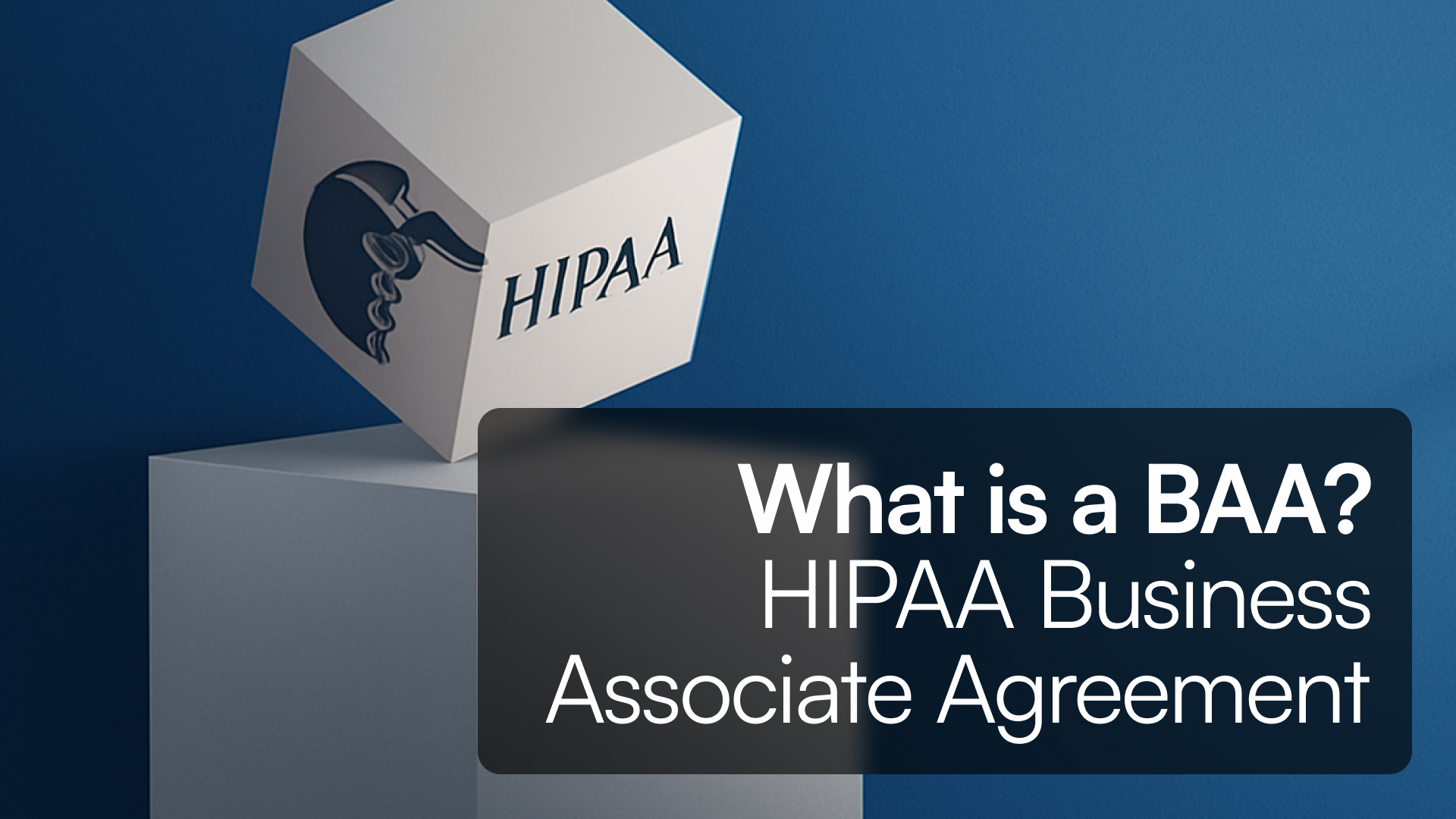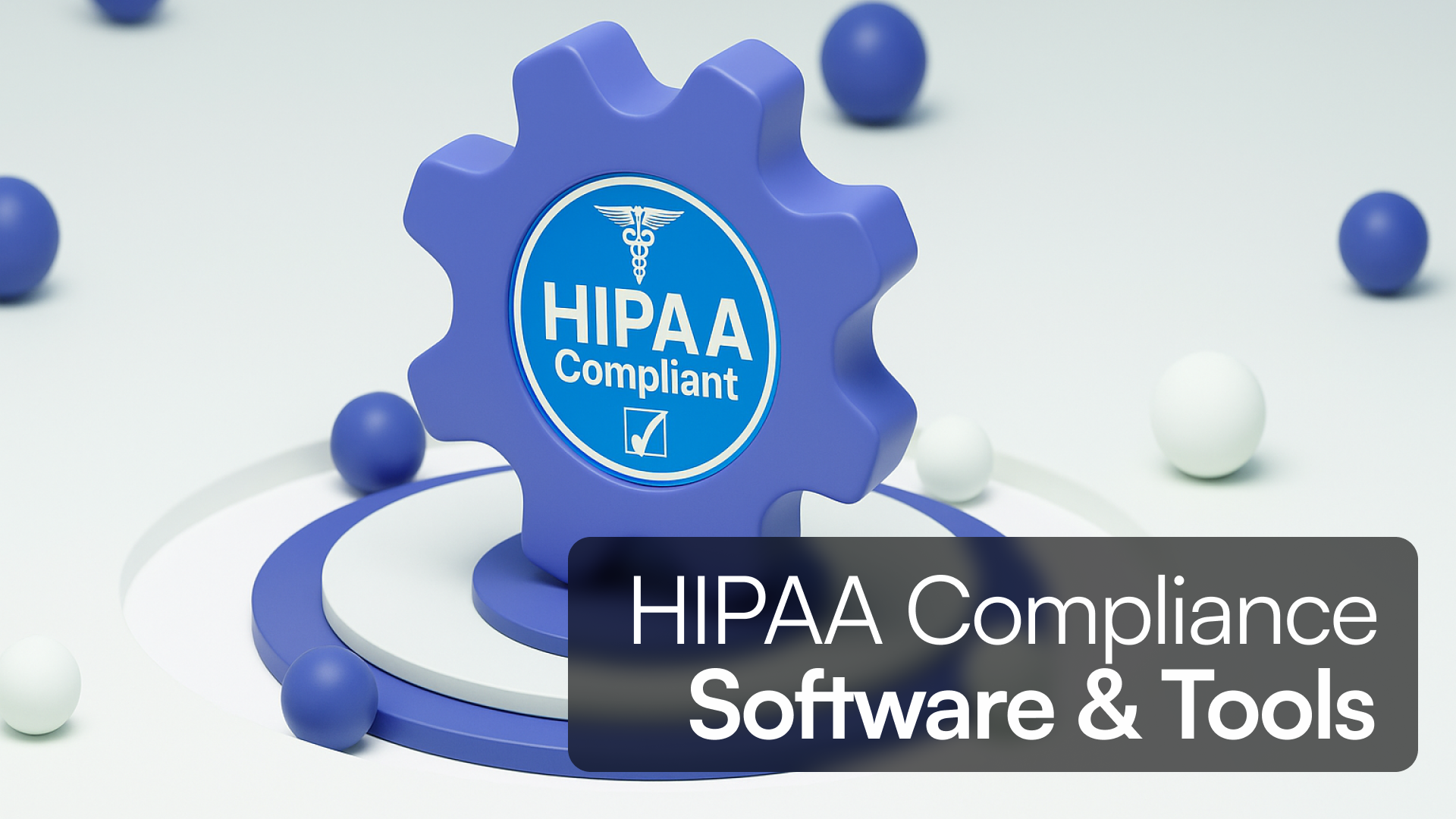Introduction
Leadership is fundamentally about influence—using power to inspire, guide, and achieve goals. But not all power is created equal.
Leaders must navigate different types of power, each with unique benefits and pitfalls, to effectively motivate and guide their teams. Whether you’re a manager, CEO, or aspiring leader, understanding the nuances of power can elevate your leadership style and impact.
This in-depth guide explores the eight key types of power in leadership, offering practical insights, real-world examples, and actionable tips for using them effectively. Let’s dive in.
The Eight Types of Power in Leadership
Leadership power can be categorized into eight distinct types, including the original framework by French and Raven and modern expansions to capture broader dynamics. Each type of power plays a unique role in influencing outcomes and behavior.
| Legitimate | Reward | Coercive | Expert |
 |
 |
 |
 |
| Referent | Informational | Connection | Moral |
 |
 |
 |
 |
1. Legitimate Power
Definition: Authority granted through a formal role or position.
Common in: Corporate hierarchies, government institutions, military organizations.
Legitimate power stems from the belief that someone has the right to issue directives based on their position. It’s foundational to organizational structure and critical for establishing order.
How to Use It Effectively:
- Set Clear Expectations: Legitimate power is strongest when boundaries and responsibilities are well-defined.
- Combine with Other Powers: Pair it with expert or reward power to enhance trust and cooperation.
Example: A CEO implementing company-wide strategic initiatives relies on legitimate power to gain compliance across teams.
Potential Pitfalls: Overuse can lead to resentment, especially if it’s not balanced by other forms of influence like respect or expertise.
2. Reward Power
Definition: The ability to influence behavior by offering incentives.
Examples: Bonuses, promotions, awards, perks.
Reward power works by reinforcing desired behaviors. It’s a cornerstone of motivational strategies and helps create a performance-driven culture.
How to Use It Effectively:
- Align Rewards with Goals: Ensure incentives are meaningful and directly tied to performance.
- Be Consistent: Inconsistent rewards can erode trust and motivation.
Example: A manager offering public recognition during team meetings for employees who exceed their targets.
Potential Pitfalls: Can lead to entitlement or a short-term focus, where employees only act for tangible rewards rather than intrinsic motivation.
3. Coercive Power
Definition: The ability to enforce compliance through fear of punishment.
Examples: Threats of demotion, termination, or disciplinary actions.
Coercive power is best reserved for situations where safety, security, or adherence to non-negotiable rules is at stake.
How to Use It Effectively:
- Use as a Last Resort: Overuse can harm morale and trust.
- Clearly Communicate Consequences: Ensure employees understand why penalties are necessary.
Example: A safety officer ensuring adherence to workplace safety protocols through non-negotiable penalties.
Potential Pitfalls: Fosters resentment, disengagement, and high turnover if misused.
4. Expert Power
Definition: Influence rooted in specialized knowledge, skills, or expertise.
Examples: Thought leaders, consultants, technical experts.
Expert power is highly effective for establishing credibility and inspiring confidence. It’s particularly useful in industries where technical or specialized knowledge drives decisions.
How to Use It Effectively:
- Educate and Empower: Share your expertise to build team capacity.
- Stay Updated: Regularly refine your knowledge to maintain credibility.
Example: A cybersecurity specialist leading incident response during a major data breach.
Potential Pitfalls: Can lead to micromanagement if the leader oversteps or fails to delegate.
5. Referent Power
Definition: Influence based on personal appeal, charisma, and relationships.
Examples: Visionary leaders like Nelson Mandela or Oprah Winfrey.
Referent power creates a deep emotional connection, fostering loyalty and shared purpose.
How to Use It Effectively:
- Be Authentic: Authenticity enhances your personal appeal.
- Champion Team Values: Lead by example to inspire and align others.
Example: A leader who inspires team members by consistently embodying shared values, such as sustainability or innovation.
Potential Pitfalls: Over-reliance can lead to favoritism or an inability to make tough decisions.
6. Informational Power
Definition: Influence gained through access to valuable information.
Examples: Analysts, strategists, senior advisors.
Informational power is particularly effective in data-driven environments. Controlling access to information allows leaders to shape decisions and strategies.
How to Use It Effectively:
- Promote Transparency: Share critical insights to build trust.
- Avoid Hoarding Information: Siloed information can damage team dynamics.
Example: A market analyst presenting trend data to guide business strategy.
Potential Pitfalls: Risks alienating team members if it’s perceived as gatekeeping.
7. Connection Power
Definition: Influence derived from a network of relationships.
Examples: Influencers, lobbyists, business development professionals.
Leaders with strong networks can open doors to opportunities, secure resources, and build partnerships.
How to Use It Effectively:
- Cultivate Genuine Relationships: Focus on mutual value creation.
- Leverage Wisely: Use connections to amplify your team’s impact, not personal gain.
Example: A startup founder leveraging their network to secure venture capital funding.
Potential Pitfalls: Can lead to perceptions of favoritism if connections are used inequitably.
8. Moral Power
Definition: Influence based on ethical principles and a strong sense of integrity.
Examples: Activists, ethical business leaders.
Moral power is increasingly critical in modern leadership, especially as consumers and employees demand accountability and transparency.
How to Use It Effectively:
- Lead with Principles: Make decisions that align with your core values.
- Be Consistent: Ethical inconsistencies can damage trust.
Example: A business leader advocating for carbon-neutral policies within their organization.
Potential Pitfalls: Can be challenging to sustain under competitive or external pressures.
How to Balance Power Types
Effective leaders blend multiple types of power to suit the context. Here’s how:
- Understand Your Environment: Different situations demand different powers—use coercive power sparingly, while leaning on referent or expert power to inspire.
- Prioritize Empathy: Listen to team members to gauge the impact of your leadership style.
- Focus on Empowerment: Share power by delegating responsibilities and fostering a collaborative environment.
Why Power Dynamics Matter
Power dynamics are the invisible forces that shape interactions, decisions, and relationships within any team or organization. Leaders who understand and manage these dynamics effectively can create environments where trust, accountability, and collaboration thrive. On the other hand, failing to navigate power responsibly can have far-reaching negative consequences, from damaged morale to organizational breakdown.
The Impact of Positive Power Dynamics
When power is used thoughtfully and ethically, it creates a ripple effect:
- Trust is Strengthened: Employees feel secure when power is applied transparently and fairly. They trust that decisions are made in the organization’s best interest, not for personal gain.
- Collaboration Flourishes: Balanced power dynamics encourage open communication and idea-sharing. Teams work cohesively when they know their voices matter, regardless of hierarchy.
- Accountability is Encouraged: Leaders who model responsible power usage inspire employees to take ownership of their roles. This fosters a culture where people hold themselves and others accountable for outcomes.
- Performance Improves: Teams are more engaged, motivated, and productive when power dynamics are positive and empowering.
The Risks of Mismanaged Power Dynamics
Conversely, misusing or neglecting power dynamics can lead to:
- Toxic Work Environments: Over-reliance on coercive power or favoritism can create an atmosphere of fear, mistrust, or resentment.
- Employee Disengagement: When employees feel powerless or undervalued, their motivation and loyalty suffer, leading to higher turnover rates.
- Inefficient Decision-Making: Concentrating power in the wrong hands or failing to leverage expertise can result in poor decisions and missed opportunities.
- Cultural Decline: Mismanagement of power corrodes organizational values and trust, making it difficult to retain top talent or build a strong reputation.
Why Awareness Is Key
Power dynamics are always at play, whether acknowledged or not. Leaders who actively evaluate their use of power can:
- Identify potential imbalances before they escalate.
- Adapt their leadership style to the needs of their team.
- Foster an inclusive culture where all employees feel empowered to contribute.
Understanding power dynamics is not just about avoiding harm; it’s about unlocking the full potential of a team or organization. Ethical and intentional leadership transforms power from a tool of control into a force for collaboration and shared success.
Conclusion
Leadership is an art, and power is one of its most essential tools. By understanding the eight types of power and the dynamics they create, leaders can go beyond merely managing teams—they can inspire, innovate, and drive meaningful change. Each type of power, from legitimate authority to moral integrity, brings unique strengths and challenges. Mastering when and how to use these forms of influence is the key to unlocking your leadership potential.
However, power is not inherently good or bad—it’s how it’s applied that determines the outcome. Leaders who wield power ethically and thoughtfully foster environments of trust, accountability, and collaboration. They build teams that are motivated, resilient, and aligned with shared goals.
The most successful leaders are those who balance different types of power, adapt their approach to meet the needs of their teams, and remain committed to integrity and fairness. By doing so, they don’t just achieve results; they create a legacy of positive influence and lasting impact.
No matter where you are on your leadership journey, remember that power is a responsibility. Use it wisely, and you’ll not only achieve your goals but also inspire others to achieve theirs.
Frequently Asked Questions
What is power in leadership?
Power in leadership refers to the ability of a leader to influence others, shape decisions, and drive actions toward specific goals. It stems from various sources, including authority, expertise, relationships, and personal charisma. Understanding power dynamics is critical for fostering trust, collaboration, and productivity.
What are the main types of power leaders use?
The eight main types of power are:
- Legitimate Power: Authority from a formal position.
- Reward Power: Influence through incentives.
- Coercive Power: Influence through punishment.
- Expert Power: Authority based on knowledge or skills.
- Referent Power: Influence from personal charisma or relationships.
- Informational Power: Control over valuable knowledge.
- Connection Power: Influence through networking.
- Moral Power: Authority from ethical principles and integrity.
Each type can be used individually or in combination to suit different leadership scenarios.
What type of power is most effective for long-term leadership success?
Referent power and expert power tend to be the most effective for long-term success. These types of power foster trust, respect, and collaboration. Leaders who inspire others through personal integrity or specialized knowledge often see higher levels of employee engagement and organizational loyalty.
How does power differ from leadership?
While leadership is about guiding and inspiring people toward a shared vision, power is the mechanism that enables influence. Leadership involves the strategic use of power to align team efforts, while power on its own is neutral—it can be used constructively or destructively.
How can misuse of power harm a team or organization?
Misusing power can lead to:
- Low Morale: Coercive power or favoritism can create resentment.
- High Turnover: Employees may leave toxic environments.
- Reduced Innovation: Fear of punishment stifles creativity.
- Reputation Damage: Misuse of moral or legitimate power erodes trust.
To avoid this, leaders should focus on ethical, balanced, and transparent use of power.
How can a leader balance multiple types of power?
Balancing power types involves:
- Adapting to Context: Use coercive power sparingly in crises but lean on reward and referent power in everyday operations.
- Empowering Teams: Share power through delegation and collaboration.
- Building Trust: Combine legitimate authority with expert or moral power to enhance credibility.
Effective leaders understand when to lead with authority and when to inspire through influence.
Can power be shared among team members?
Yes, sharing power—often called shared leadership or distributed leadership—is an effective strategy for fostering collaboration and innovation. By delegating authority, leaders empower team members to take ownership of decisions, which boosts engagement and accountability.
What is the difference between coercive and reward power?
- Coercive Power: Relies on fear of punishment to enforce compliance.
- Reward Power: Motivates through positive reinforcement, such as bonuses or recognition.
While coercive power is useful in maintaining strict compliance during critical situations, reward power is more effective for sustaining long-term motivation and morale.
How can I build expert power as a leader?
To build expert power:
- Develop Deep Expertise: Continuously learn and master your field.
- Share Knowledge: Educate and mentor team members.
- Stay Updated: Keep pace with industry trends to remain credible.
Leaders with expert power are respected for their insights and often become trusted advisors.
What role does moral power play in modern leadership?
Moral power is increasingly important as businesses prioritize ethics, sustainability, and social responsibility. Leaders who act with integrity inspire trust and loyalty among employees, customers, and stakeholders. Moral power also differentiates organizations in competitive markets by building strong reputations.
How can I identify my dominant leadership power?
Reflect on how you naturally influence others:
- Do people follow because of your title? (Legitimate power)
- Do they respect your expertise? (Expert power)
- Are they drawn to your personality? (Referent power)
- Do they comply because of rewards or consequences? (Reward or coercive power)
You can also seek feedback from your team to understand their perceptions of your leadership style.
Can referent power be developed, or is it innate?
Referent power can absolutely be developed. While some leaders may naturally possess charisma, others can build referent power by:
- Building Relationships: Invest time in getting to know your team.
- Communicating Effectively: Use empathy and active listening.
- Living Your Values: Inspire respect through consistent, authentic actions.
Over time, demonstrating integrity and genuine care for others fosters loyalty and influence.
What are the risks of relying too much on one type of power?
Over-reliance on any single power type can create blind spots:
- Legitimate Power: May lead to authoritarianism or lack of innovation.
- Reward Power: Can diminish intrinsic motivation if overused.
- Coercive Power: Risks creating a hostile work environment.
- Expert Power: May alienate others if it appears elitist.
- Referent Power: Over-dependence on personal charisma can undermine stability.
Leaders should strive for a balanced approach to power, adapting to their team’s needs and the situation at hand.
What role does power play in team dynamics?
Power significantly impacts team dynamics by shaping:
- Decision-Making: Leaders with informational or expert power often guide strategy.
- Collaboration: Referent power fosters trust and teamwork.
- Conflict Resolution: Coercive or legitimate power can enforce rules but may escalate tensions if misused.
Effective leaders understand these dynamics and adjust their approach to create a positive, productive team environment.
What’s the connection between power and influence?
Power is the source of a leader’s ability to influence others, while influence is the process of actually guiding behaviors and decisions. A leader with power may fail to influence effectively if they lack trust, credibility, or communication skills.
What are some examples of unethical use of power?
Examples include:
- Abuse of Coercive Power: Threatening job security without justification.
- Manipulation with Informational Power: Withholding critical details to sway decisions.
- Favoritism with Reward Power: Offering perks to select individuals unfairly.
To prevent ethical issues, leaders should commit to transparency, fairness, and accountability in all actions.
What are the benefits of understanding power dynamics?
Understanding power dynamics helps leaders:
- Build stronger, more cohesive teams.
- Resolve conflicts effectively.
- Adapt leadership styles to various challenges.
- Foster a culture of trust and accountability.
This knowledge also empowers leaders to avoid common pitfalls like misuse of authority or miscommunication.







